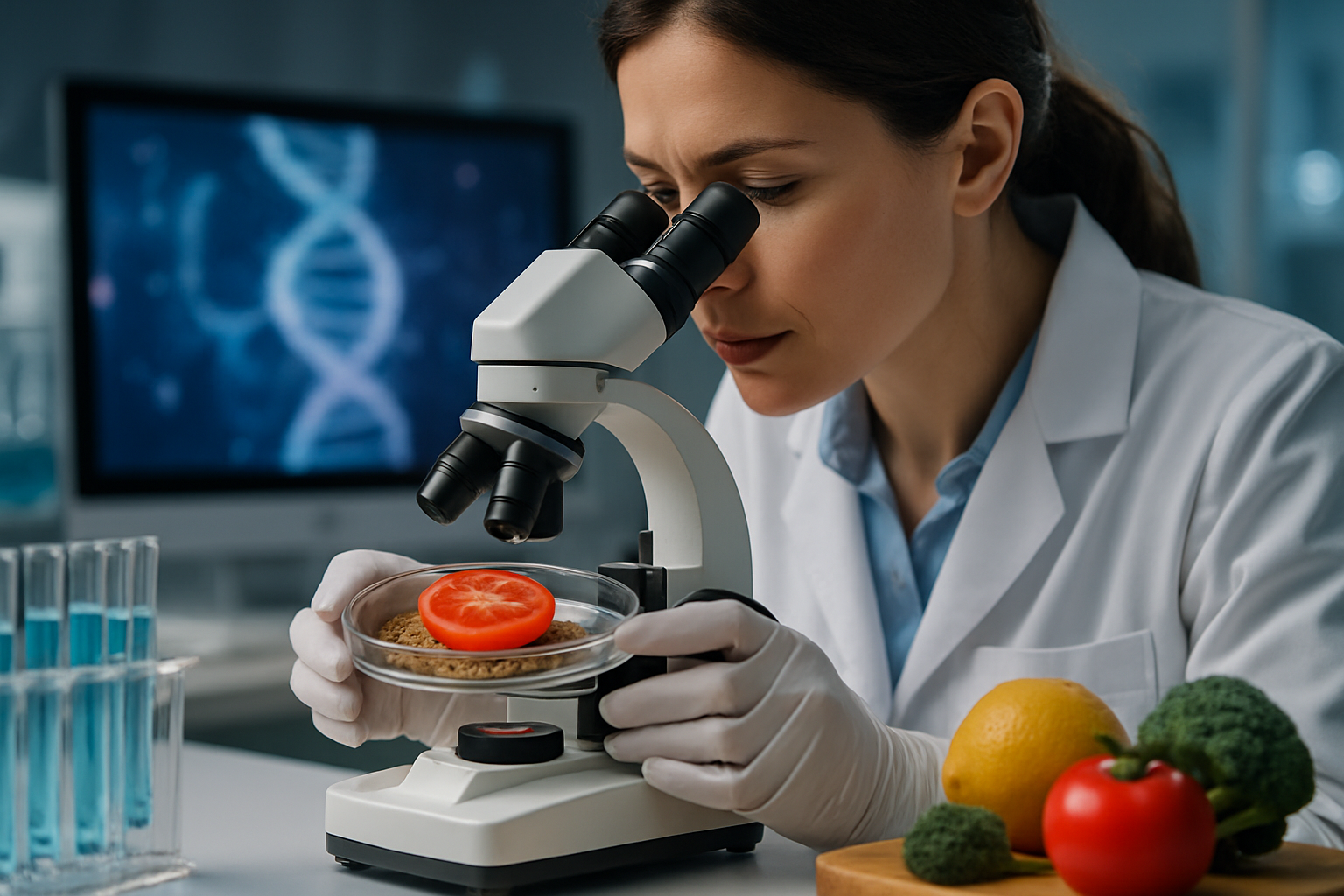Optimizing Growth Conditions for Mammalian Cell Culture
Optimizing growth conditions for mammalian cell culture is essential for achieving reliable and reproducible results in biomedical research and biotechnological applications. This process involves carefully controlling factors such as temperature, pH, nutrient composition, oxygen levels, and growth surface properties to support cell proliferation, viability, and functionality. Additionally, minimizing stress and contamination while providing an environment that closely mimics physiological conditions can significantly enhance cell performance. By systematically fine-tuning these parameters, researchers can maximize experimental efficiency and ensure that cultured cells maintain their characteristic behaviors, making them suitable for studies ranging from drug testing to tissue engineering.

Key Environmental Factors Affecting Cell Growth
Temperature regulation stands as one of the most crucial parameters in mammalian cell culture. Most mammalian cells thrive at temperatures closely mimicking their in vivo environment, typically between 36.5°C and 37.5°C. Even minor temperature fluctuations can significantly impact cell metabolism, with deviations as small as 2°C potentially triggering heat shock responses or cold stress. Modern incubators maintain temperature with remarkable precision, often within ±0.1°C, to ensure consistent growth conditions.
pH represents another critical environmental factor, with most mammalian cell lines preferring a slightly alkaline environment between 7.2 and 7.4. The pH level affects numerous cellular processes including enzyme activity, membrane permeability, and protein structure. Culture media typically incorporate buffering systems like bicarbonate or HEPES to maintain stable pH levels. CO₂ incubators help regulate pH through the bicarbonate buffering system, where the interaction between dissolved CO₂ and bicarbonate creates a stable pH environment essential for optimal cell growth.
Oxygen concentration significantly influences cell behavior and metabolism. While atmospheric oxygen levels approach 21%, many mammalian cells actually prefer lower oxygen tensions ranging from 2-10%, more closely matching their physiological microenvironments. Hypoxic culture systems allow researchers to maintain reduced oxygen levels, which can enhance stem cell pluripotency, affect differentiation pathways, and sometimes increase production of specific proteins of interest in biopharmaceutical applications.
Optimizing Nutrient and Media Composition
Culture media formulation provides the essential nutritional foundation for cell growth. Base media typically contain glucose, amino acids, vitamins, and inorganic salts, while supplements like fetal bovine serum (FBS) contribute additional growth factors, hormones, and attachment proteins. The trend toward chemically defined, serum-free media has accelerated in recent years, driven by concerns about batch-to-batch variability and potential contamination risks associated with animal-derived components. These specialized formulations often incorporate recombinant growth factors, synthetic attachment molecules, and precisely balanced nutrient mixtures tailored to specific cell types.
Glucose concentration management requires careful consideration as both insufficient and excessive levels can adversely affect cell growth. While glucose serves as the primary energy source for most mammalian cells, high concentrations can trigger the Crabtree effect, where cells shift to less efficient aerobic glycolysis despite oxygen availability. This metabolic shift increases lactate production, which can acidify the culture environment and inhibit growth. Feeding strategies like fed-batch culture address this challenge by maintaining glucose at lower, more physiological concentrations while preventing depletion.
Amino acid balance proves critical for protein synthesis and overall cellular metabolism. Essential amino acids must be supplied in the medium, while non-essential amino acids can be synthesized by cells but may become limiting under intensive culture conditions. Glutamine deserves special attention as it serves multiple metabolic roles beyond protein synthesis, functioning as an energy source and nitrogen donor. However, glutamine spontaneously degrades in culture media, forming ammonia which can inhibit cell growth at elevated concentrations. Strategies like using stabilized glutamine dipeptides or implementing dynamic feeding regimens help mitigate these challenges.
Techniques for Monitoring and Maintaining Healthy Cultures
Real-time monitoring technologies have revolutionized cell culture management. Traditional periodic sampling has increasingly been supplemented with continuous monitoring systems that track key parameters without disrupting the culture environment. Inline sensors now measure dissolved oxygen, pH, glucose, lactate, and even cell density with increasing accuracy. Advanced bioreactors incorporate these sensors alongside automated feedback systems that adjust gas flow, nutrient addition, or metabolite removal to maintain optimal conditions throughout the culture period.
Cell density optimization represents a critical balance in culture management. Seeding density significantly impacts initial adaptation and growth phases, while maximum sustainable density depends on nutrient availability, waste removal efficiency, and the specific requirements of the cell line. Too sparse seeding may result in adaptation failure, while excessive cell density can rapidly deplete nutrients and accumulate toxic metabolites. Techniques like perfusion culture address these limitations by continuously removing waste products while replenishing nutrients, allowing for significantly higher sustainable cell densities compared to batch culture methods.
Growth factor supplementation strategies vary widely depending on cell type and culture objectives. While serum provides a complex mixture of growth factors, the shift toward defined conditions has necessitated more precise supplementation approaches. Recombinant growth factors like insulin, transferrin, epidermal growth factor (EGF), and fibroblast growth factors (FGFs) are commonly used at specific concentrations. The timing of supplementation can be equally important, with some factors being required continuously while others may be added at strategic points to trigger specific cellular responses like differentiation or increased protein production.
Emerging Technologies in Cell Culture Optimization
Automated cell culture systems represent the convergence of robotics, sensing technology, and sophisticated control algorithms. These systems can maintain hundreds of parallel cultures with precise control over environmental conditions, enabling high-throughput optimization experiments that would be impractical with manual methods. Advanced platforms incorporate machine learning algorithms that analyze growth patterns and metabolic data to suggest optimal parameter adjustments, effectively creating self-optimizing culture systems that continuously refine conditions based on real-time performance metrics.
The integration of computational modeling with experimental data has created powerful predictive tools for cell culture optimization. Metabolic flux analysis combined with genome-scale models allows researchers to simulate cellular responses to different environmental conditions, predicting outcomes before actual experimentation. These in silico approaches accelerate optimization by narrowing the experimental space to the most promising conditions, reducing the time and resources required to establish optimal protocols for new cell lines or production systems.
Successful mammalian cell culture requires careful attention to multiple interacting factors that collectively create the optimal growth environment. By systematically addressing temperature, pH, oxygen levels, nutrient composition, and monitoring strategies, researchers and bioprocess engineers can establish conditions that support consistent, high-quality cell growth for applications ranging from basic research to large-scale biopharmaceutical production.




